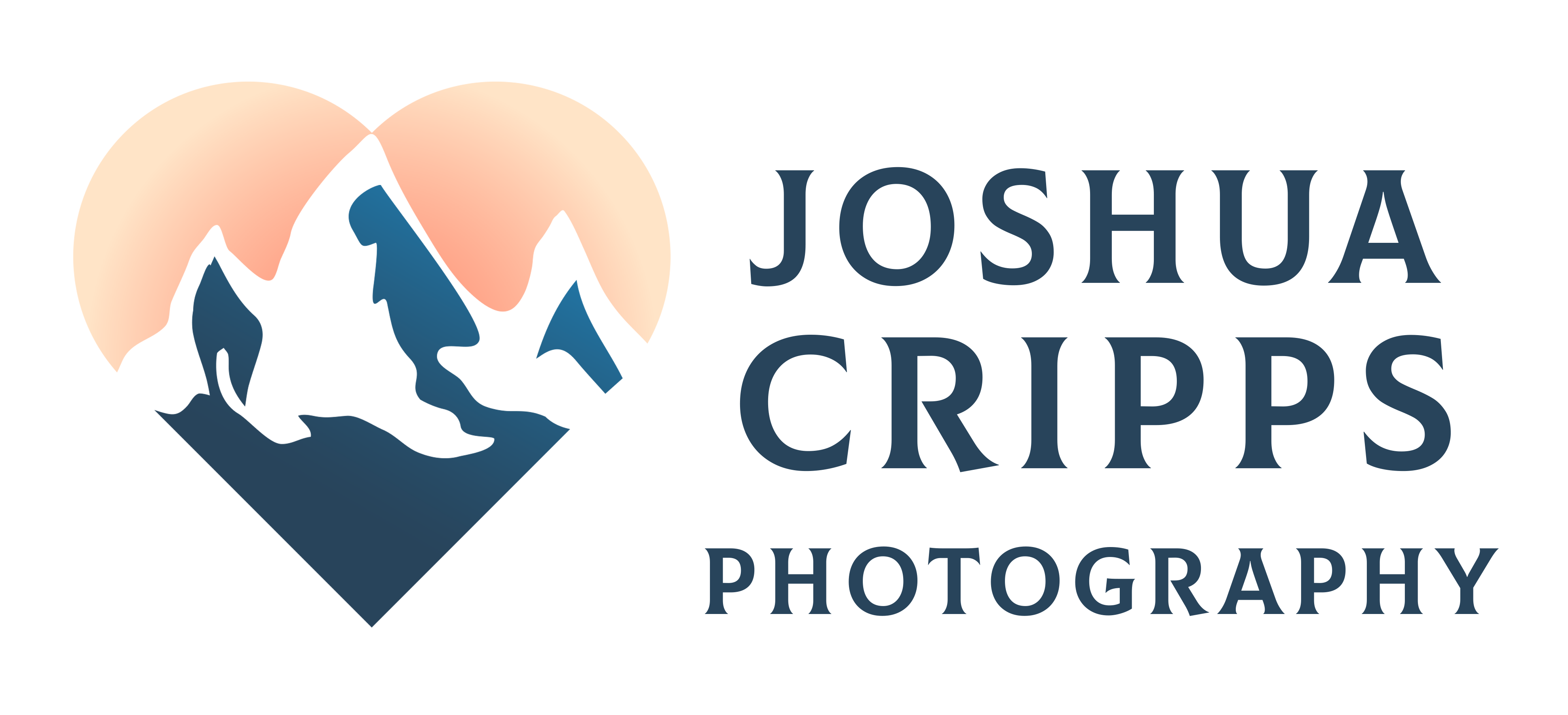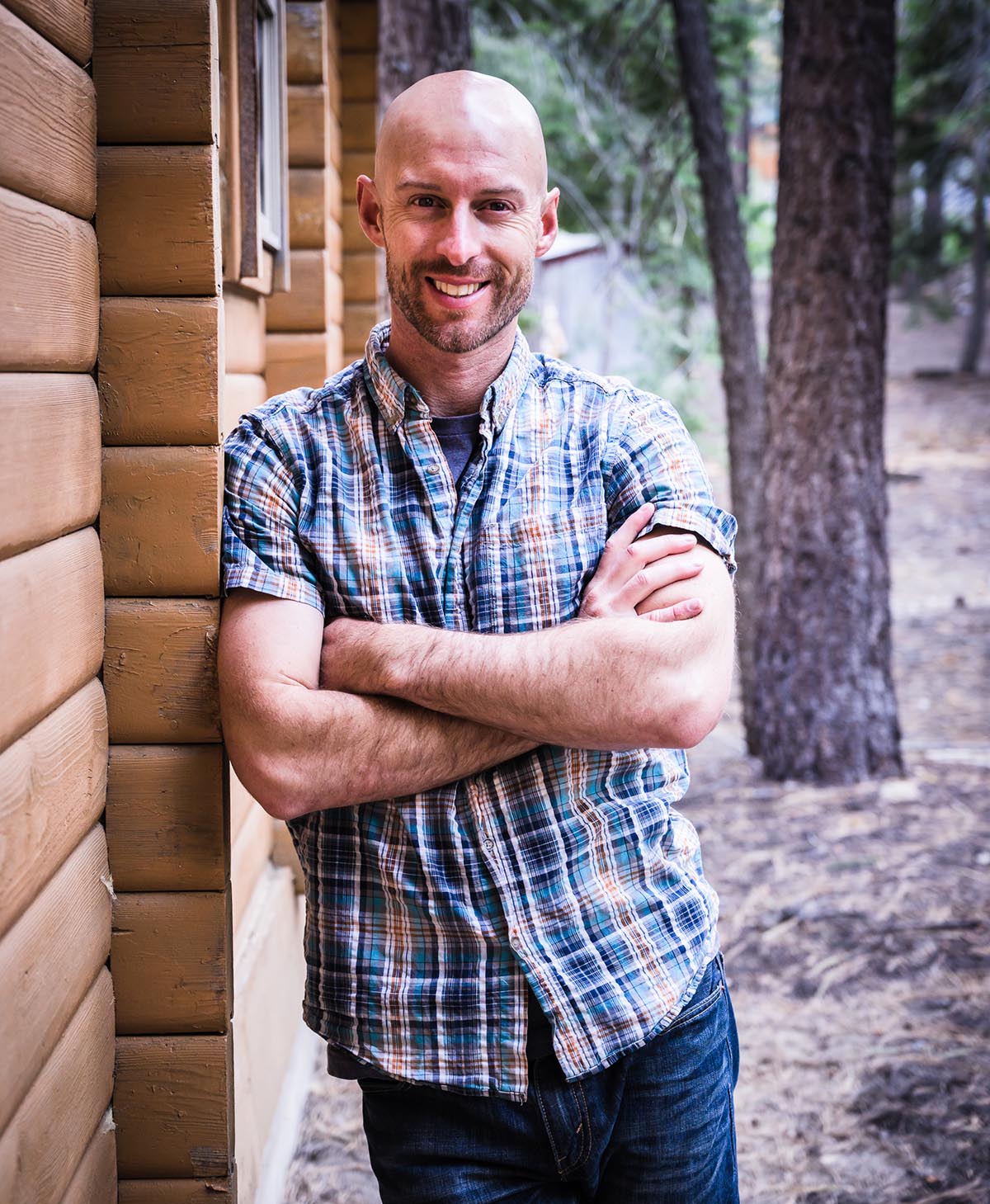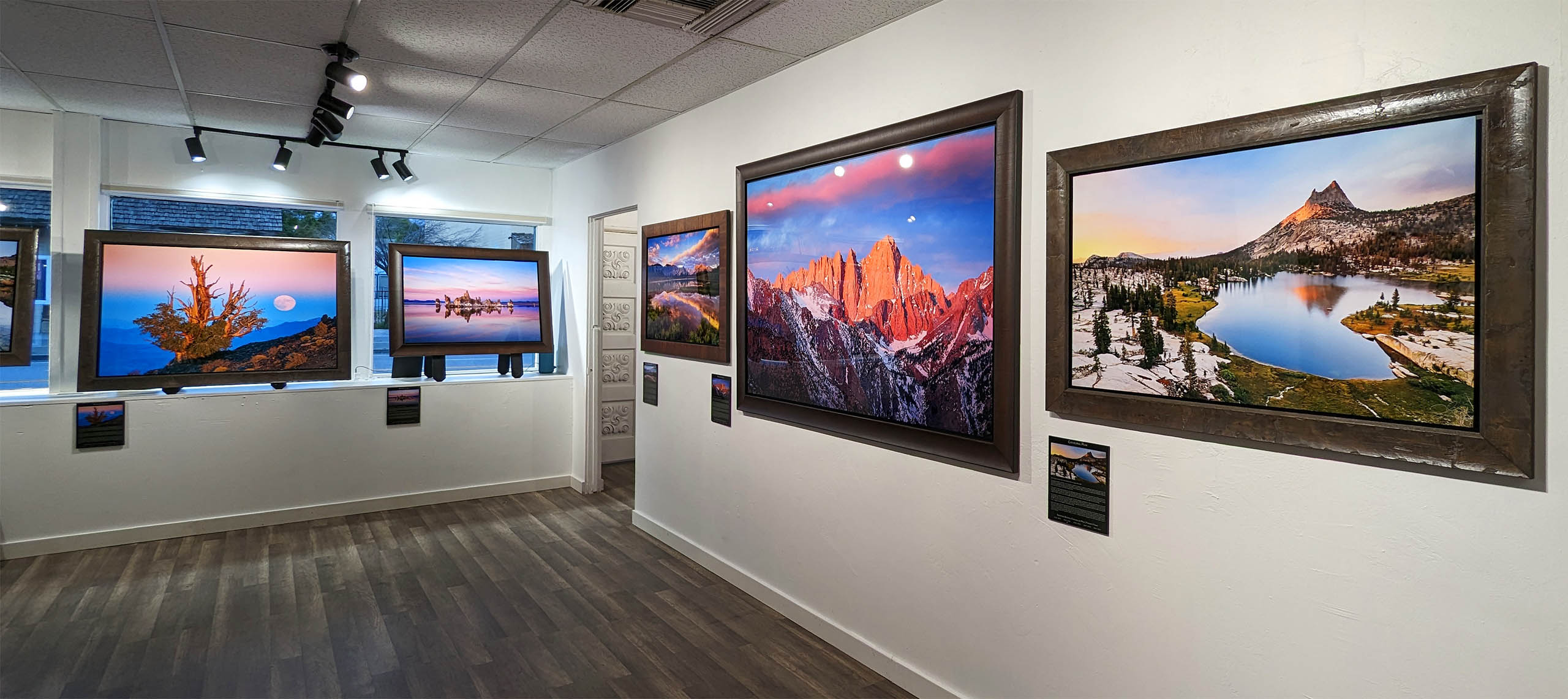Joshua Cripps
How to Photograph the Full Moon: 4 Tips for Epic Shots
- No Comments
Oh, my God, look at the moon tonight! That is unbelievably beautiful! I’m going to take the best moon picture anybody has ever seen. That sucks.
Hello my excellent friends. It’s Josh Cripps here. If you’ve been following me for any amount of time, you know that the full moon is one of my favorite things in the world to photograph. And I go on missions almost every month to shoot it, but I didn’t start out taking moon photos like these. I started like everybody else. Does they again? Okay. It’s nighttime and it’s dark out. So I need to put my camera on a tripod and use a longer exposure and a high ISO. And I ended up with photos that looked well, frankly, like crap. So trust me when I say that, I understand your frustrations. If you want to shoot the full moon, but you’re ending up with photos that look like this. The big breakthrough moment that I had, that allowed me to take photos of the moon that I was actually happy with was realizing that as beautiful as the full moon is to our naked eye, it is incredibly difficult to photograph because of four main things. One it’s not very interesting by itself, too. It’s so much brighter than you realize that it screws up your exposure. Seven ways from Sunday three, it’s tiny. I know it looks huge, but it’s not. It’s tiny. And four, it moves around like a drunken sailor. Well, not really, but it moves a lot. Overcome those four challenges and you’re going to have killer moon photos, oops, killer moon photos.
So in this video, I’m going to give you four quick tips to address each of those particular points.
Like I said, the moon is not really that compelling out there by itself, floating in the inky blackness. Even if you’re able to get a decent shot of the moon like this, it’s kind of dry and academic and isolated from the viewer and a full moon one month kind of looks like a full moon the next month and like the full moon the next month and on and on and on. So endless, you are doing some of those insane detail shots like Andrew McCarthy of cosmic background. Guys, definitely check out his Instagram. It’s blow your mind. Cool. So unless you’re doing shots like that, you are way better off shooting the moon when it’s near the horizon. Uh, that way you can align it with some cool stuff here on planet earth. And this is great because I don’t know if you guys know this or not, but it turns out all of your viewers live here on planet earth.
So they’re going to more easily connect with earthy stuff. And so if you connect the moon to that same earthy stuff, you’re automatically going to help create a much stronger connection to your viewer as well. And in my opinion, the best subjects to photograph the moon next to basically it’s anything that sticks up into the sky by itself and is a long way away from you. So things like mountains, lighthouses, or even people can work if they’re far enough away. Okay. So why is this important that your subject be far away? Well, it’s not the farther your subject is from you. The bigger the moon is going to appear compared to that subject. So this is how you make the moon as big as a person, or even as big as a mountain. And the reason it’s important that your subject sticks up into the sky by itself is so that you can actually align the moon with that thing, right? Even though this is a really cool tree, for example, and it would be neat to see the moon behind it from where I took this shot, the moon would actually never align with that tree because obviously the moon is going to drop behind this Ridge first. So you need something that sticks up into the sky.
Crazy bright it’s orders of magnitude brighter than the earth at night time, or even the earth during blue hour. And so if you try to shoot it at night or during blue hour, you either end up with photos that look like this, where you’ve got no detail in the landscape at all, or you end up with a photo like this, where you’ve got a blown out nuke where the moon is supposed to be to overcome this challenge. We simply need to shoot the moon when there’s light on the landscape as well, because what happens is the overall dynamic range of the scene goes from something extreme to something way more manageable, which means that you can get a single exposure that captures the detail of the moon and of the landscape at the same time. Now, can you bracket exposures and combine them later in post?
Of course you can. Me personally, I like to do it in one shot. It’s just part of the fun challenge. Okay. So when does this actually happen? Well, we can use a little bit of moon geometry, one Oh one to figure it out. It turns out that the full moon is always in the exact opposite part of the sky as the sun. Nope. That’s kind of a bummer for us because it means that during the day when the landscape is fully lit by the sun and you could easily get a shot with the full moon and the landscape and have the dynamic range be manageable. Well at that time of day, the moon is on the other side of the planet underneath you. It’s not visible at all, but right at sunrise and sunset, both the sun and the moon are going be right at the horizon. Meaning at these very special moments, you can see the full moon and you can have light on the landscape as well. So that’s when I recommend you shoot sunrise and sunset. And sometimes the actual day of the full moon is best, but sometimes the day before is better or sometimes the day after is a little bit better just based on the timing. So look up the sun and moon rise and set times and just look for when they line up the best and then go out.
The moon always looks obscene really huge when it’s coming up over the horizon. Right? But as you probably know, that is just an optical illusion. It’s never more than about half a degree in diameter, which means you can actually completely hide the moon by holding out a single finger at arms length. Yeah, it’s tiny. And for this challenge, I have a really, really simple tip for you. Just use a long telephoto lens when you’re shooting. So anything between 200 and a thousand millimeters will work, but in my experience, the sweet spot is about 400 to 750 millimeters. And in this range, it helps the moon appear very large within your frame, but it also shows a lot of what makes your subject or makes the landscape interesting. It may be really tempting to get a 600 millimeter lens and then put a two X teleconverter on there.
But what ends up happening is that you blow up your landscape so much that there’s no longer any context of what it is. And that completely kills the connection for the viewer. And it kills the photos impact. Now those super long telephoto links like 1200 millimeters. They actually can be awesome when you’re shooting smaller subject. It’s like people, but you really have to make sure that your subject is far away like 500 feet or a thousand feet or 2000 feet or more. Or you’re just going to end up with a closeup of somebody’s ear with the moon behind it. The lens that I use for my full moon photography is this one from Nikon. It’s the 200 to 500 millimeter. [inaudible] for a lens that has this kind of reach and versatility. It’s super reasonable and cost. And it is crazy sharp as well. So get some kind of a super zoom like this. And I think it’s going to serve you really well for your moon photography.
Last challenge that we need to overcome is that the moon is well squirly in, it moves all hot. It does not set in a straight line up or down, but at an angle. And it wanders all over the sky and the full moon only sets at the same angle twice per year, roughly, which means that if you have everything lined up for a shot like this, but then something wrong and you don’t get the photo that you wanted. So you think, Oh, I’ll just go back the next full moon. I’ll go to the same spot and I’ll shoot it again. Then we’ll the alignment. Most likely is going to be completely off like this. The other thing is that the moon moves really fast, surprisingly fast. In fact, it moves its own diameter, roughly every hundred and 60 seconds. So if you’re not prepared or you’re not paying attention, the moon is going to go from being perfectly coinciding with your subject to being completely behind it, behind the mountain Ridge or whatever it happens to be in less than three minutes, it’s going to vanish before you realize it.
So to solve the challenge of this wiggly moon, you just need to be able to predict where the moon is going to be at any given moment. And for that all you need to do is use some kind of a planning app. My app of choice is photo pills. And I heard he know just by saying that I’m going to get a ton of comments from people who are like, I try to get into photo pills, but I just couldn’t understand it because it’s too complicated and I get it. Yes, there are a lot of tools and features in photo PhotoPills, but listen, you guys, I’m going to simplify this for you. I’m going to make your lives as easy as I can. All you have to do to get started with photo pills and shooting. The full moon is learn how to use the augmented reality tool.
You can go out the day before the full moon and the augmented reality feature is going to show you exactly where the moon is going to rise and set. So you can plan ahead super easily. And the cool thing about the moon, because it’s so far away from us, it tracks with your position. And what I mean by that is if you move to the North, the moon relative to the landscape, also moves to the North. And if you move to the South, the moon moves to the South as well. So if you’ve got a subject picked out like a mountain, let’s say, and you use a photo pills, augmented reality. And it showing that the moon is going to set to the North of that particular mountain. All you have to do is move to the South. The moon is going to track South with you.
So you just keep checking the app until that line that it shows you goes exactly through the mountain. It’s easy right now, of course, there is a, a lot more to learn about planning, moon photos using PhotoPills. But if you just learn to use this augmented reality tool, you can at least get started shooting these awesome full moon photos and getting started is what it’s all about. I could talk for hours about photographing the full moon. I’m kind of obsessed with it, but I know you guys want to get out there and try it yourselves. So I’m going to leave it at just those four tips for now. And I’m gonna encourage you to get out, to explore and shoot, and please tag your full moon photos. Hashtag Joshua Cripps photography on Instagram. I would love to see them and I might even feature them in an upcoming video. Thank you very, very much for watching. If you enjoyed this video, I would be honored if you could subscribe to the channel as it really does, help me bring you more photography tips like these. This is Josh grips signing off. So until next time have fun and happy shooting.



